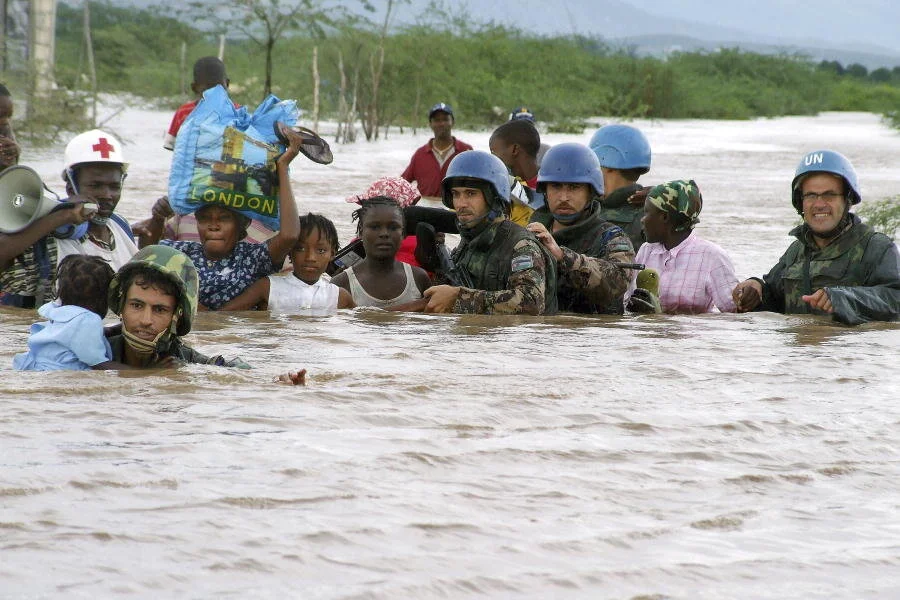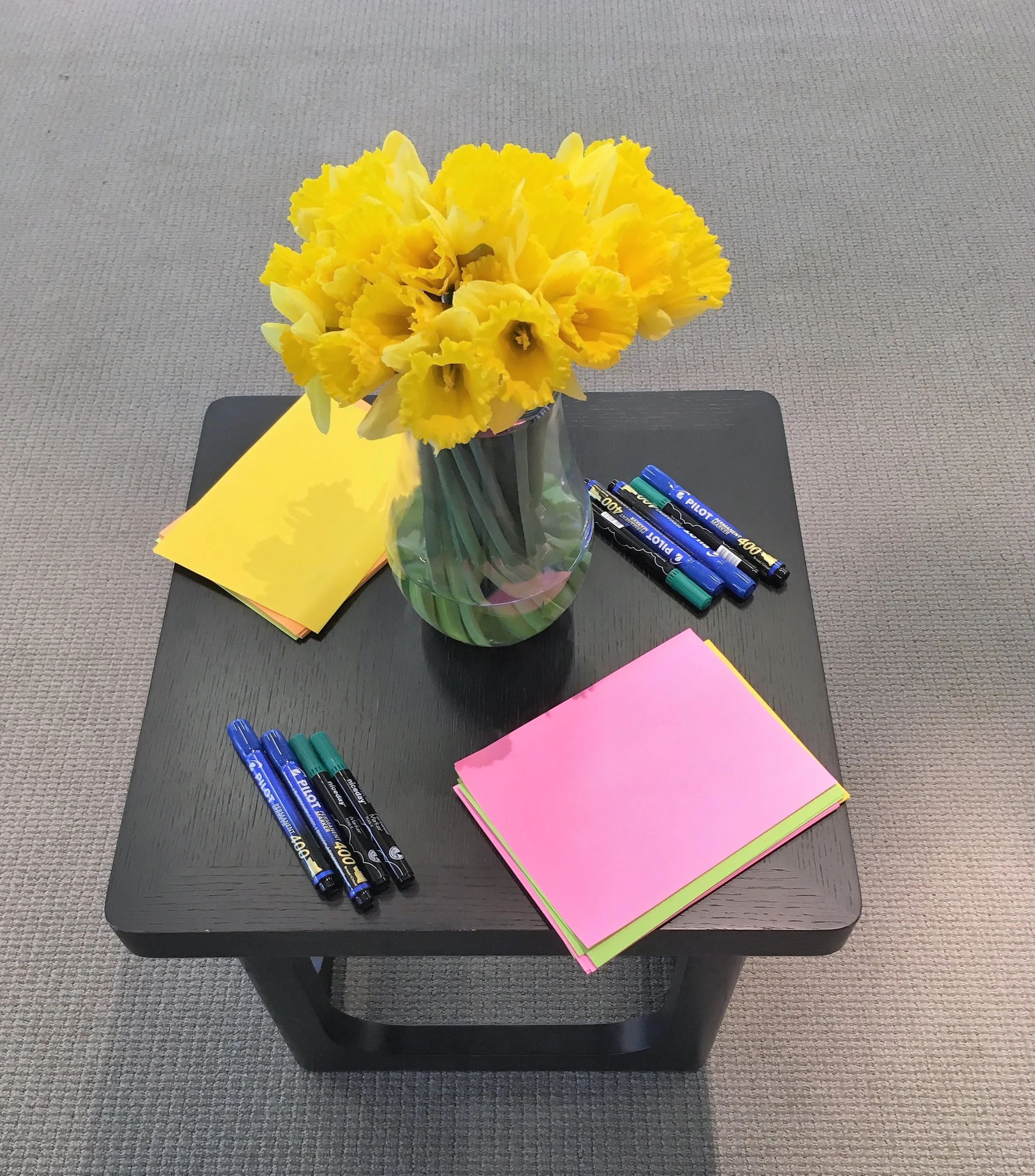Sustainability types were discussing the Sustainable Development Goals (aka Global Goals) in London last night, at a regular meeting of The Crowd. If you are twitter-enabled, you can search for the #crowdforum tweets to follow that way.
I've got very interested in the SDGs, since being asked to write a series of articles about how business is responding, for The Environmentalist.
There was some great conversation, and I was particularly struck by Claire Melamed's view that businesses can cherry pick (or have strategic priorities) among the SDGs, as long as a business doesn't actively undermine any of the goals or targets. That seems a pretty clear minimum ask!
How would you tell if a goal is being actively undermined?
So how would you tell? Perhaps the easiest is to do an audit-style check against all 169 of the targets, and spot the krill oil which is staining the otherwise spotless business practices. Some will be easier to test than others, so the views of stakeholders will probably be useful in helping see the business's practices from a variety of angles.
What are the sanctions and disincentives?
The people who spoke about this seemed to be relying on good old fashioned campaigns to bring the undermining to public attention and turn it into a business issue for the company concerned. Which seems pretty familiar to me. One person used the Greenpeace campaign against the use of unsustainable palm oil by Nestle's Kit Kat as an example. And that campaign was way back in 2010. Friends of the Earth was launched in the UK with a mass bottle dump outside Schweppes headquarters, which became a well-known photo at the time. Social media ensures that campaigns like this can become viral in a few hours. But in essence they are nothing new.
Another person said "you'd have to be not in your right mind, to actively undermine any of these goals." And perhaps she's right. But it's clear that either lots of people haven't been in their right minds, or perhaps it's been perfectly rational to undermine social and ecological life support systems, because we are here and here isn't a great place for many of the critical issues highlighted by the global goals. Once again I find myself wobbling between irrational optimism and chronic unease.
But let's give this optimist the benefit of the doubt, and assume that it is now rational to avoid actively undermining the goals.
What's changed?
The claim was made, with some strength of feeling, that COP21's agreement in Paris has made a tangible difference, with analysts using climate and fossil fuel exposure to make investment recommendations. And there seemed to be general agreement in the room that this was new and significant. And today, two days after the Crowd forum event, comes the news that Peabody Energy (the world's biggest privately-owned coal producer) has filed for bankruptcy. So that's one of the 17 goals accounted for.
Other voices suggested that the 17 goals will set a broad context for action by policy makers and government, helping business decision-makers have more certainty about what the future holds and therefore being more confident to invest in goal-friendly products, services and ways of doing business. On the other hand, people noticed the apparent disconnect between the UK Government's pledges in Paris, and its action to undermine renewables and energy efficiency, and support fossil fuel extraction, in the subsequent budget and policy decisions.
Another change was the rise of the millenials, who make up increasing proportions of the workforce, electorate and buying public. Their commitment to values was seen as a reason for optimism, although there was also a recognition that we can't wait for them to clear up our mess. (As someone who still clears up her own millenial children's mess, while said young people are jetting off and buying fast fashion off the interwebs, I am perhaps a little cynical about how values translate into action for this generation.)
And the final bid for what's changed, is the recognition and willingness of players to collaborate in order to create system-level change. And the good news on this is that there is a lot of practical understanding being shared about how to make collaboration work (Working Collaboratively is just one contribution to this), and specialist organisations to help.
So has there been a tipping point?
Lots of people were insisting to me that there has. There were few negative voices. In fact, some contributors said they were bored and in danger of falling asleep, such was the level of agreement in the room. I was left with the impression that we're getting close to a critical mass of business leaders wanting to do the right thing, and they need support and pressure from the rest of us to make it in their short-term interests to do so.
So is it back to the placards, or sticking with the post-it notes?














